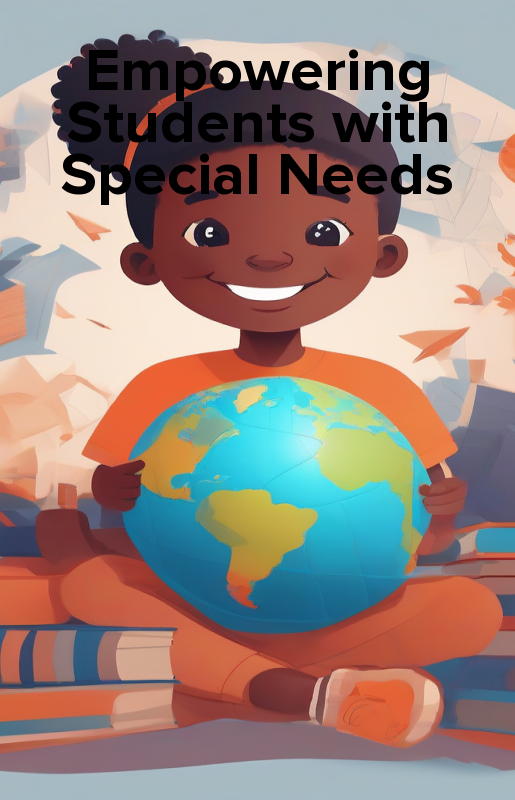Table of contents for ebook and audiobook: „Empowering Students with Special Needs”
Here is the translation of the given text to English:
**The Student with Special Educational Needs: A Guide for Teachers and Parents**
* **Part I: Introduction to Special Education**
* 1.1. Definition and goals of special education
* 1.2. History of special education in Poland
* 1.3. Rights and obligations of a student with special educational needs
* 1.4. Types of special education
* 1.5. Legal basis of special education
* **Part II: Diagnosis and Description of Student Needs**
* 2.1. Methods of diagnosing student needs
* 2.2. Tests and assessment scales
* 2.3. Observation and behavioral observation
* 2.4. Clinical and laboratory research
* 2.5. Creating an Individual Educational Program
* **Part III: Educational Methods in Teaching Students with Special Needs**
* 3.1. Adaptive methods in teaching
* 3.2. Inclusive methods in teaching
* 3.3. Activating methods in teaching
* 3.4. Using technology in teaching
* 3.5. Examples of methodological applications in practice
* **Part IV: Special Education in General Secondary Schools**
* 4.1. Introduction to special education in general secondary schools
* 4.2. Organization of special education in general secondary schools
* 4.3. Cooperation between teachers and students with special educational needs
* 4.4. Cooperation between the school and the parents of the student
* 4.5. Evaluation and monitoring of student progress
* **Part V: Special Education in Other Types of Schools**
* 5.1. Introduction to special education in other types of schools
* 5.2. Special education in special schools
* 5.3. Special education in preschools
* 5.4. Special education in higher education institutions
* 5.5. Cooperation between schools of different types
* **Part VI: Legal Aspects of Special Education**
* 6.1. Right to special education
* 6.2. Rights and obligations of parents of a student
* 6.3. Rights and obligations of teachers
* 6.4. Legal aspects of cooperation between the school and parents
* 6.5. Legal responsibility for failing to meet the needs of a student
* **Part VII: Financing and Resources for Special Education**
* 7.1. Sources of financing for special education
* 7.2. Cooperation with public institutions
* 7.3. Cooperation with non-governmental organizations
* 7.4. Availability and quality of special services
* 7.5. Planning and implementation of the school budget
* **Part VIII: International Cooperation in Special Education**
* 8.1. International legal frameworks for special education
* 8.2. International cooperation in special education
* 8.3. International experiences in special education
* 8.4. Cooperation between countries in the field of special education
* 8.5. Perspectives for international cooperation in special education
* **Part IX: Resources and Educational Materials in Special Education**
* 9.1. Availability and quality of educational materials
* 9.2. Cooperation with authors and publishers
* 9.3. Creating own educational materials
* 9.4. Internet and electronic resources
* 9.5. Libraries and books on special education
* **Part X: Conclusion and Perspectives for Development**
* 10.1. Summary and conclusions
* 10.2. Perspectives for development of special education in Poland
* 10.3. Cooperation and development in the field of special education
* 10.4. Professional development of teachers and staff in special education
* 10.5. Tasks and challenges for special education in the future

